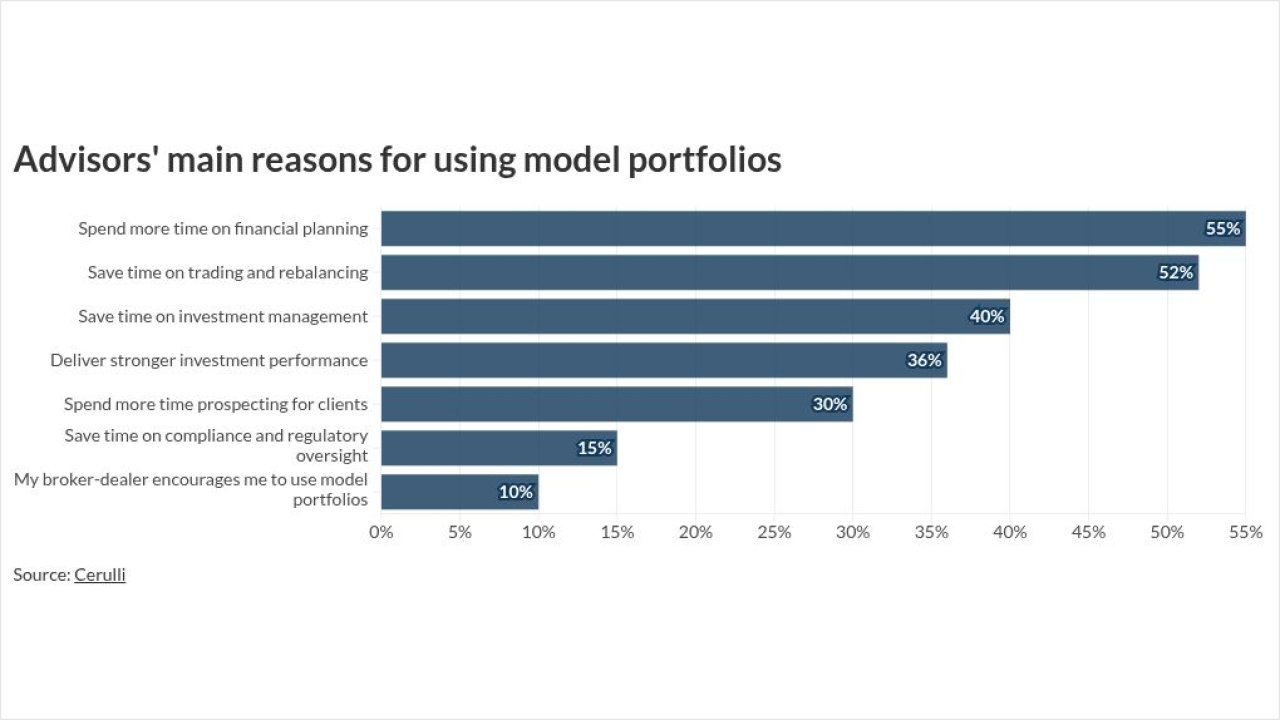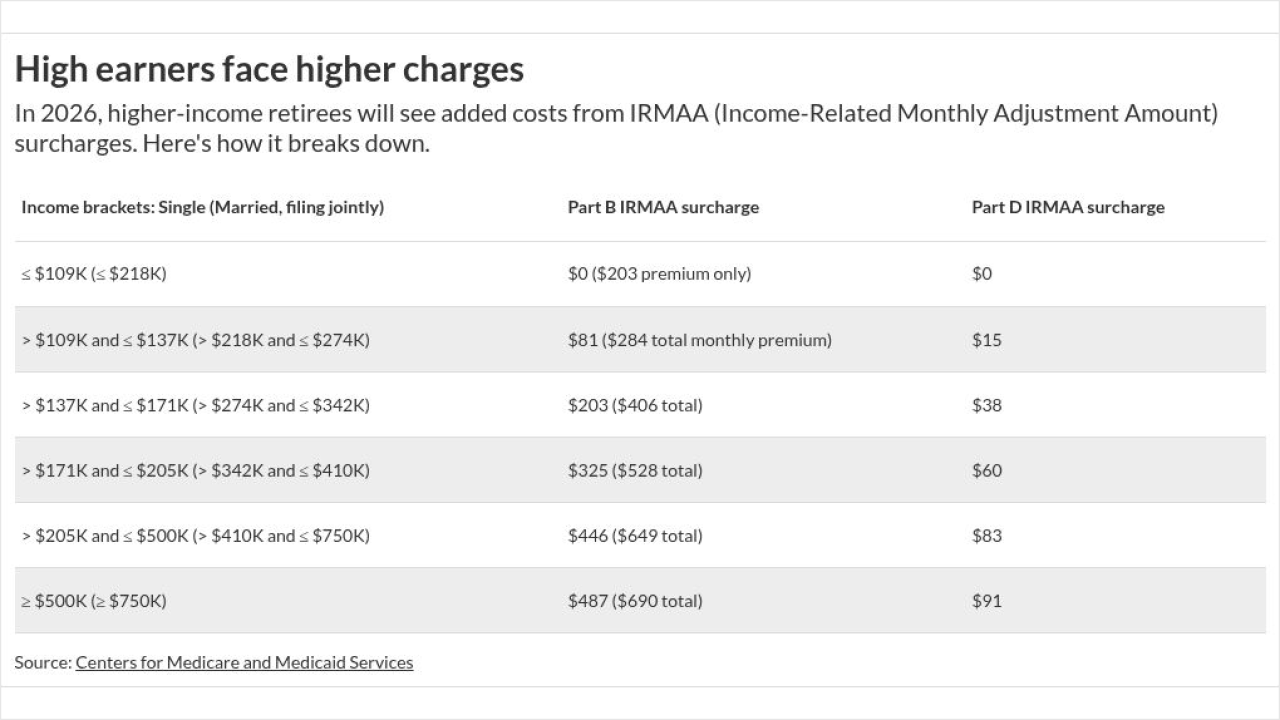The rise of large language AI models like Google's Gemini, Anthropic's Claude and OpenAI's ChatGPT has made it easy for financial advisors to churn out rote documents and marketing materials.
Now advisors can minimize their administrative grind to focus on the stuff robo advisors can't do. But there is a whole new level of AI benefits beyond helping with isolated "run and fetch" marketing tasks — one that can be of particular help to smaller advisory firms that don't have teams of analysts, marketers and technical support staff to rely on to handle their workload.

Financial advisors who have really leaned into AI — as opposed to those who just dabble or hand it random tasks — are using the technology to do labor-intensive jobs that involve impersonalized data, routine processes and repeated transactions. These tasks include data analysis, customer behavior analysis, client services, market trendspotting,
READ MORE:
"Think of AI as the world's smartest interns," Chris Penn, data scientist and co-founder of analytics firm Trust Insights, told us. "They have a Ph.D. in everything, but they're still just interns. You are the subject matter expert, so you need to always review results. … They can only serve you as well as you direct them."Getting better results from an AI — and recovering chunks of your day in the process — means "priming" the tool so it starts to absorb the particulars of your niche and business. Penn says priming enriches the AI model's knowledge base with your personal content style and
For example, if you want to create an optimal subject-line generator for your emails, you would prime the model with specific information about your
READ MORE:
Here are some generalized priming tips from Penn.
Ask priming questions
See what the AI model delivers about your topic and
Taking our example above, your first question might be: "Can you tell me all you know about scoring subject lines for effective open and click-through rates?" This will help you with the data and facts you'll need to feed it during subsequent asks. Remember, your AI does not truly think or know things. That's your job. Repeated interaction to attain clarity is crucial.
Fill in the blanks
One technique to help AI self-correct is to ask whether it has questions about your priming information or task prompts, or if some important element was omitted. The answer can highlight knowledge gaps for you to fill in.
Ask the AI model to evaluate itself
After AI completes its main response, ask it if it fulfilled the conditions of the prompt. If it says yes, you'll be more confident that you are on the correct path. If it offers alternative approaches, you can choose the one that best fits your goal.
Don't start a new session every time
Give the AI a chance to "learn" and course-correct within sessions. If you have a repeatable task like our example with the subject line generator, tell the model this, have it set it up as a repeatable prompt. For more complex tasks, you can even have your IT staff write code to set up an
READ MORE:
Advisors who are used to producing content on their own may find using AI can involve a slight transition. You may find yourself acting as more of a researcher, editor and curator of content, instead of someone who writes 100% original content 100% of the time. As you get better at describing instructions and asking follow-up questions, your AI output will improve. But as a subject matter expert, you will still need to verify the content accuracy and revise it to be your own.
Limits and liabilities
"One of the issues we find with AI is that people assume they can use it for everything," said Nathalie Nahai, author of "
Or as Penn put it: "AI is an amplifier. It turns the good into great, the bad into awful."
The experts we spoke to generally cautioned against relying on AI for heavy computational work, feeding it identifiable individual client data and using unedited or unrefined AI text wholesale in any asset.
AI does not do math well yet. It should not be trusted with sensitive personal information — or for 100% of the content in any asset — because it cannot be copyrighted. Another party could commandeer your content for their own uses and purposes, and you would have no legal recourse to stop them from doing so. (It's worth noting that in September ChatGPT
Lastly, AI certainly will not substitute for review by a compliance officer.
At the end of the day, the qualities that make you a good advisor — diligence, circumspection, rigor and care in what you do — will make you a good AI user. These qualities will turn your AI into the force that liberates your calendar for more human and higher-value tasks.





